-
Posts
212 -
Joined
-
Last visited
Content Type
Profiles
Forums
Gallery
Events
Posts posted by baskerbosse
-
-
-
On 11/26/2022 at 6:35 PM, kirill4 said:
Good day!
It is going to be very nice model! I liked your paintings and rigging very much!...
if not too late,
there is real sense to replace bowsprit and masts and may be top masts as well for the "wooden material"...
leaving original plastic yards and masts there would be a big risk of their deterioration/bending during standing rigging phase... replacing for the wood or other strong materials gradually will improve situation... :)))
especially bowsprit \ which will be loaded(even with smallest possible load of fore stays) with all fore stays , spritsail top sail backstay and without bobstays in that period- this is really most of weak points in this respect... when it curved up on the model with spritsail topsail declined aft, it will looks not nice...
All the best !
Kirill
I agree,
It might not be immediately visible, but given a few years (and especially summers), thin spars eventually permanently bend with even the smallest tension on the rigging.
I'm currently restoring a Revell Victory that I built as a child, probably late 1970s.
Most yards have a bend backwards. Also since the plastic becomes brittle with age, slightest brushing against thinner spars snaps them without any resistance.
Chers,
Peter- Baker and Old Collingwood
-
 2
2
-
No, the rigging of these deadeyes are quite different;
Got this from Fred Hocker many years ago(from memory):
Pass the lanyard half way through between the four hole deadeye and the collar's top end and seize it there so you essentially have two lanyards.
Pass one end through the lower middle hole of the six hole deadeye, then through the closest port side hole of the four hole deadeye. Then up through the closest hole on the port side of the six hole deadeye, followed by the furthest port side hole of the four hole deadeye.
Lastly through the furthest port side hole of the six hole deadeye and then down to the stay collar of the four hole deadeye and seize it there.
Repeat for starboard side. (starting through upper middle hole of six hole deadeye)
All holes used!
Hope this helps?
Peter -
Yes, that should be a fair enough belaying plan.
Probably be an even better one in Vasa II though, I would guess.. 🙂
The plans that Fred would have posted was probably the old museum plans.
They are still pretty good, but as you said, has some errors due to new research discovering new things.
As for the main stay collar, it is correct with six holes for the upper deadeye and four holes for the lower.
It is thought that fore, main and mizzen stays were all rigged this way, though it's only for the fore stay that both deadeyes survive.
You will notice that the main halliard is in the way when you try to rig the mizzen stay in the same way. This stay will need to go on the port side of the main mast in order to provide clearance for the halliard..
Hope this helps.
Cheers,
Peter -
Nice!
Here's a picture of the actual block if needed:
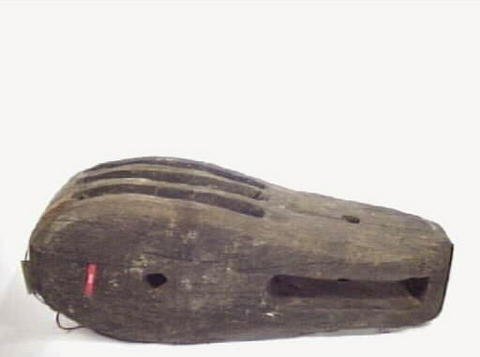
Cheers,
Peter- Baker, Old Collingwood, Ian_Grant and 1 other
-
 4
4
-
Looking good!
The dotted line is the outline of the port side of the mainsail. The dotted block you see is for the clewline.
- Jeff T and Old Collingwood
-
 2
2
-
-
1 hour ago, Ian_Grant said:
Well, she did quickly sink - maybe when the wind gust hit they couldn't "let fly the sheets" because of this ...... 😄
Just being a smart alec........carry on!
Hate to burst your bubble, but this sail was never even set.. 😉 😁
-
1 hour ago, 72Nova said:
So are you saying Peter I should move the kevel forward and eliminate the sheave and just have a hole aft the kevel?
Michael D.
From what Fred said, they removed the previously installed pinrail to investigate the original fastenings. This would put the kevel just in front (and above) the gun. And yes, there would just be a hole, as the sheet then doesn't change direction...
- 72Nova, fmodajr and Old Collingwood
-
 3
3
-
Keval looks good.
Might want to move it a bit though (sorry).
I don't think the run of the sheet should switch direction when going through the bulwark.
It would make it difficult to sheet home. Also, there's no sheave there..
Small detail: The sheave is pointing a bit to much downwards, compare with Waldemar's side view above.
Cheers,
Peter
-
It should be somewhere between 50 - 60 centimeters between the horns, real size.
RC Anderson's book is very good, but I'd go with museum plans where possible, as these are based on evidence found on the ship.
There are errors though, and Vasa II should bring things up to current understanding.
(avoid Mondfeld -Since, as Fred puts it 'almost everything is wrong' there)
There was no real 'standard' at the time and there would be differences in how things were done, region to region and even from ship to ship.
Note that while the ship itself was built under contract with a dutch shipbuilder, rigging in the swedish navy at the time was contracted out to to a Scottish contractor, John Clerk.
While the rigging has similarities with dutch rigging, there are clear differences (the halliard ties going through sheaves in the cheeks for example)
Another example of a ship rigged by a scotsman in Denmark and sharing some of these features with the Vasa is seen in this famous ivory/silver model of Norske Løve from 1654:
https://www.kongernessamling.dk/en/rosenborg/object/ship-carved-in-ivory/
Peter- shipman and Old Collingwood
-
 2
2
-
- Old Collingwood, Ondras71, 72Nova and 1 other
-
 4
4
-
Hi Michael,
Looking back on your thread I noticed you installed this pinrail:
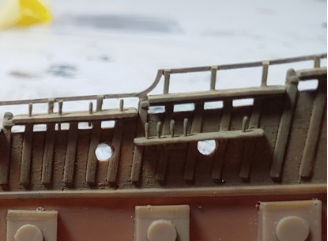
According to Fred Hocker, this pinrail was a mistake in the reconstruction and was removed from the ship in 2006.
A pinrail here would not work and would interfere with the guns, (plus there are not many lines to belay here)
A reexamination of the evidence/fastenings on the ship indicates that there was most likely a large horizontal cleat or a kevel here for the main sheet.
There are many details like this that will be included in Vasa II, (maybe coming out at the end of the year?)
Cheers,
Peter- shipman, Baker, Hubac's Historian and 2 others
-
 5
5
-
Note also that in general, lower gunports are bigger than upper gunports.
This dates back to earlier plans for armament that specified smaller guns for upper gundeck, this was later changed to a standardised complement of 24 pounders on both decks.
Also, the small messenger port would be nearly invisible when closed, as the port lid profile matches the wales:
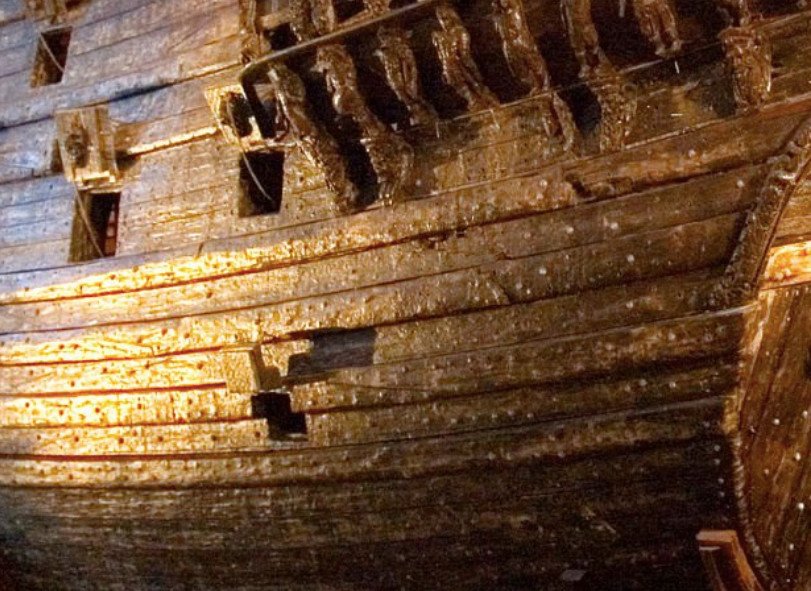
Just an FYI for those who may not be aware, Google Scholar is a great resource for scientific papers, such as the paper by Fred mentioned by Waldemar above.
Cheers,
Peter -
Looking great!
Some more details that may be of interest.
Top circle -small square cabin window, Right, -pumpscupper, plus that the aftmost gunport is smaller on both sides.
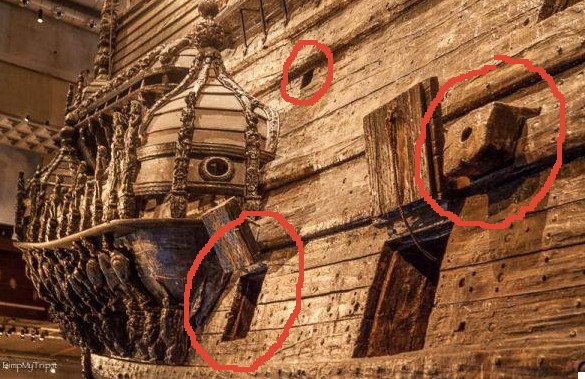
Cheers,
Peter -
10 hours ago, 72Nova said:
Hi Jan,
A few things led me to this decision, first In Landstrom's book the Vasa he mentions discussions regarding this very detail and this was the practice in some Dutch ships at the time and shows an illustration in the book of the arrangement that I ultimately followed. Here's a picture of the 1:10 model at the museum showing the same arrangement and if you look closely you'll see the collar pass beyond fore mast leading into the deck...no cleat or evidence of it being made fast to the base of the mast and oddly enough in the R.C Anderson book he makes no mention of this method but does show an illustration of how they rigged it on the real ship, also in the link you posted, again if look closely at the diorama picture you'll also see the main stay collar does not extend to the base of the bowsprit, so go figure.
Michael D.
Hi Michael,
It has been well established that there is no way the collar went through the deck, as that would require a corresponding arrangement below deck to take the collar, and there is none.
It has been debated quite a bit in the past and there are indeed two holes in the deck that would seem to be perfect for the purpose.
There are however no traces of the collar having been installed below deck and that arrangement does not work on the real ship, which is why you see it rigged around the bowsprit there.
Hope this helps?
Peter
-
-
Looks impressive if a bit strange with a castle with a tiled roof on deck!
(Even if it was imitation tiles?)
Really interesting subject.
- Ekis, Canute, thibaultron and 1 other
-
 4
4
-
That's cool.
You could print a bunch of them and crew it Jack Sparrow style with just multiple copies of yourself. 🙂Castle is coming along nicely.
I'd be interested to see how you do the roof..? Tiles?Cheers,
Peter
- Canute, thibaultron and mtaylor
-
 3
3
-
2 hours ago, popeye2sea said:
I have to disagree with you on that point. Most sailors were, quite literally, picked up off the street and trained on board, True, they became more valuable later in their careers, but they were very much expendable. A captain would be very lucky indeed to not suffer many casualties to the crew in the course of a cruise. Sailors and landsmen (untrained crew) were picked up in ports wherever they could be got.
Safety and crew comfort for that matter was not even considered, The only reason a captain tried to limit his personnel losses to illness or death is because at some point the lack of crew would hamper his ability to work and fight the ship. Think about it like you can't operate your car without gas or oil. You don't feel bad if the oil leaks or you run out of gas. It just is a situation you have to deal with in order to keep you car running.
Regards,
Indeed. And against their will too. That's what press gangs did.
Hard times. Don't get drunk in port towns.. 🙂Cheers,
Peter
-
On 12/9/2021 at 9:31 AM, GrandpaPhil said:
Yes, they’re still in use.
They’re the nautical equivalent of a turn signal or brake light, (or reverse lights in this case) like you’d see on a standard car.
They communicate safety information about who has right of way, whether a ship has restricted maneuverability, has divers in the water or that sort of thing.
The day shapes are the daytime equivalent of the running lights you see at night.
Similar to these red and green signals:
- lmagna, mtaylor and GrandpaPhil
-
 3
3
-
Japanese cedar seems to be quite an impressive tree. Most impressed with the logistics in transporting such huge logs/planks!
https://www.britannica.com/plant/Japanese-cedar
/Peter
-
-
I like the depth charges on rails.
I have two destroyer kits, now I realise none of them came with depth charges.. 😞 🙂
Cheers,
Peter
- Old Collingwood, Canute, mtaylor and 2 others
-
 5
5




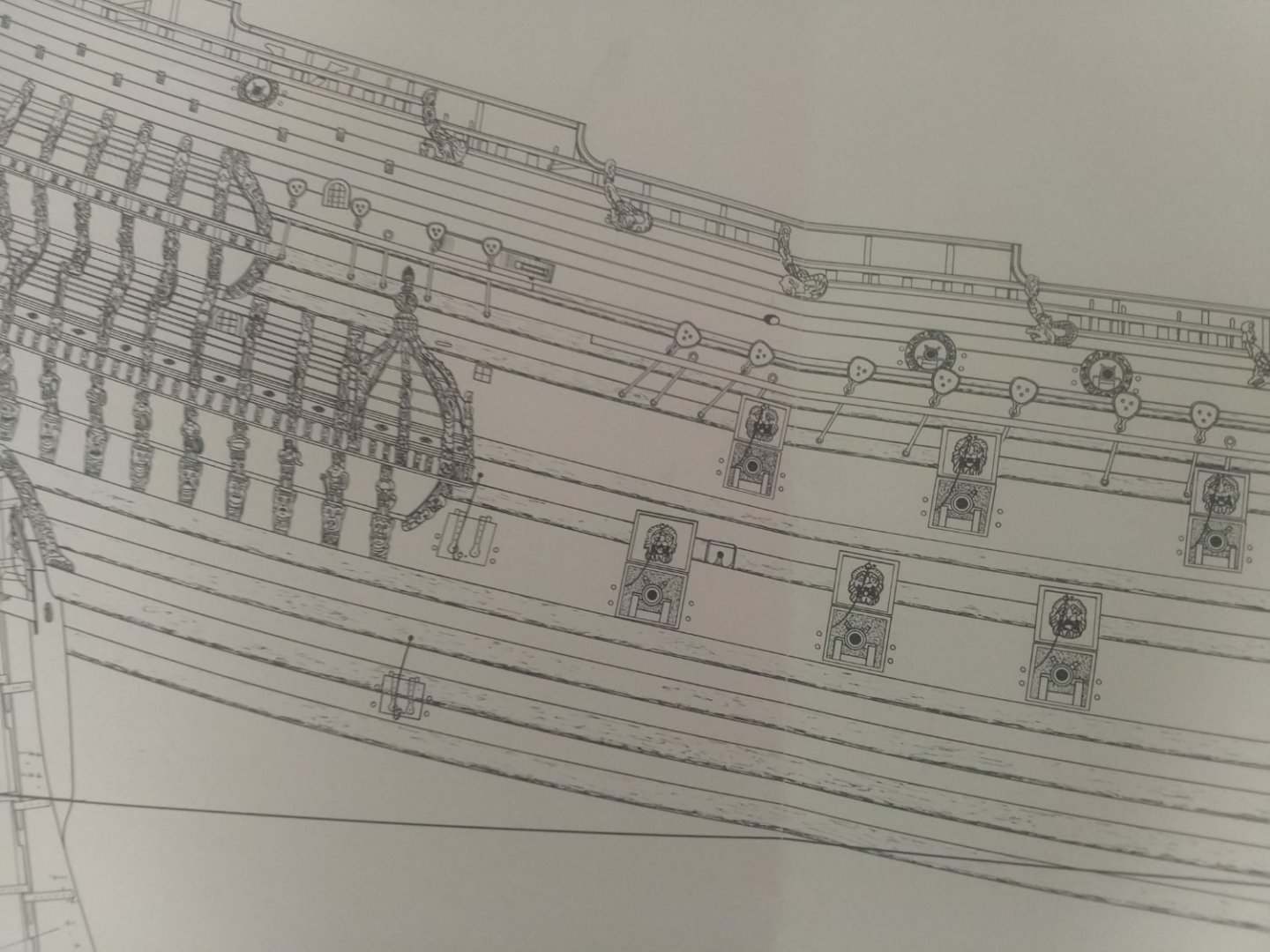
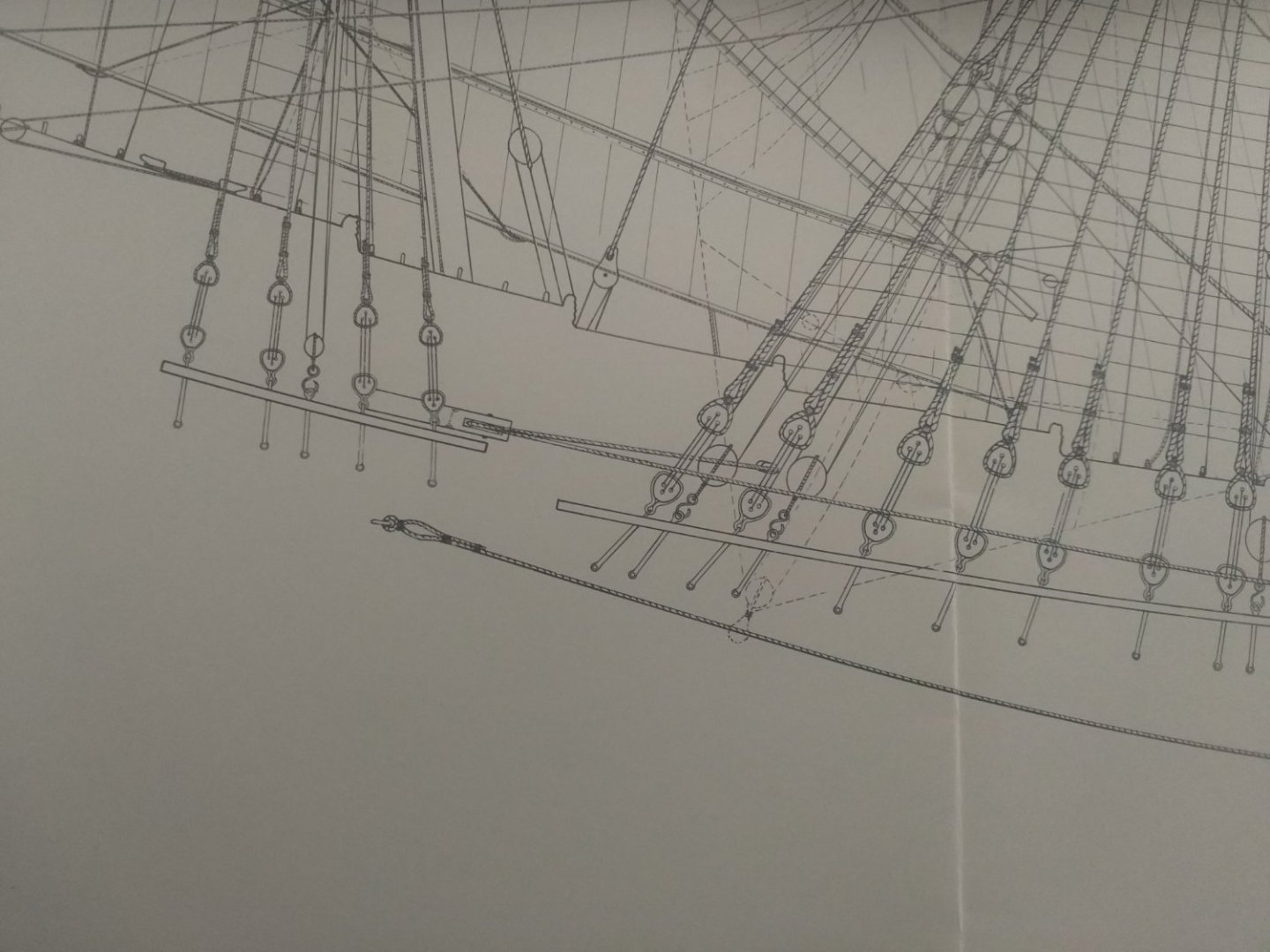
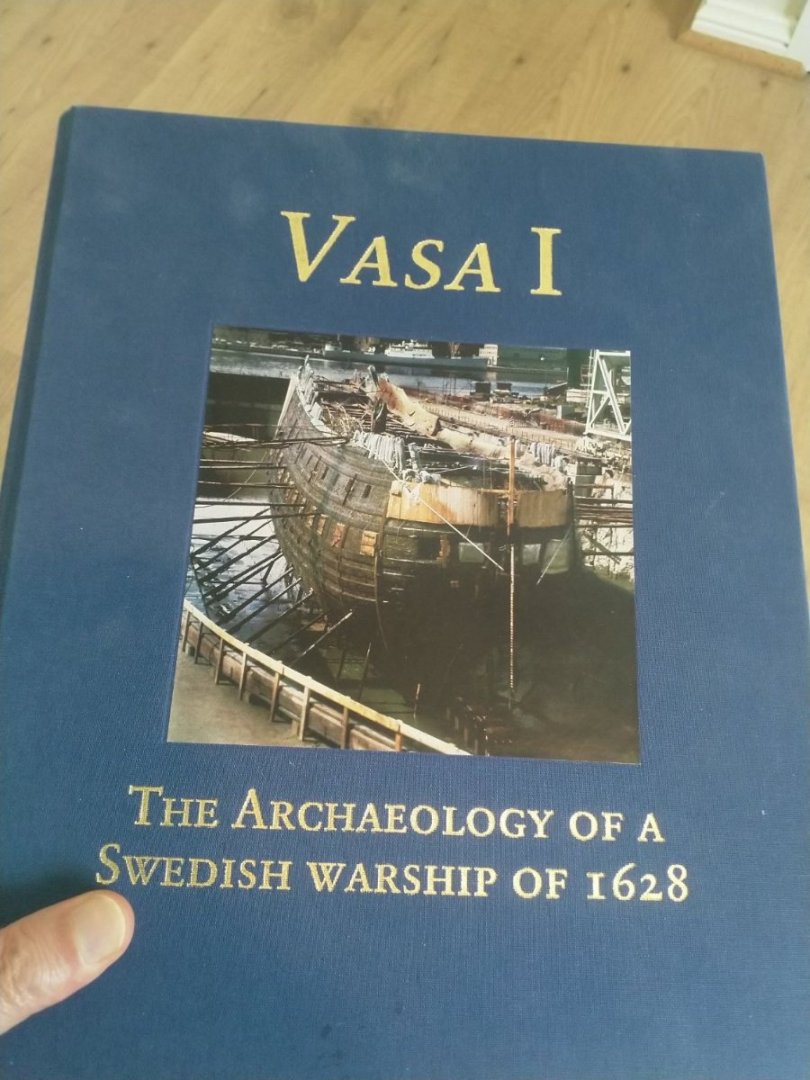
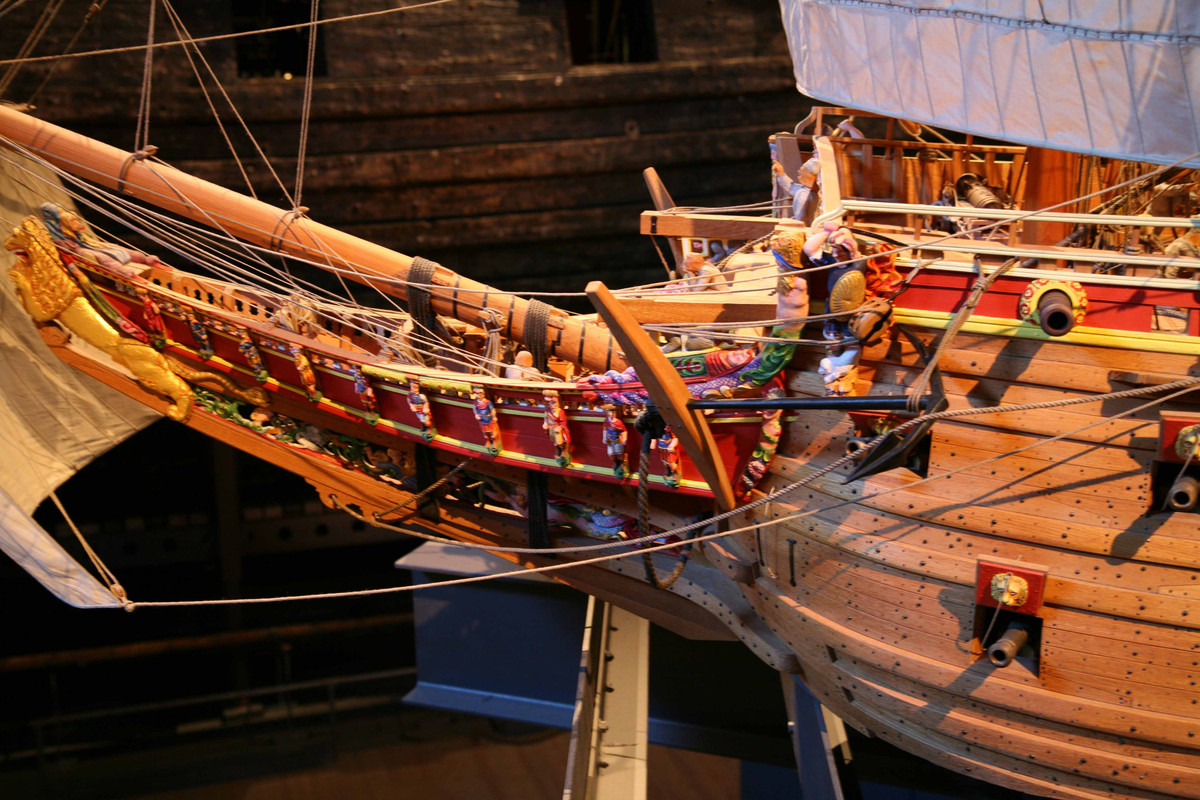

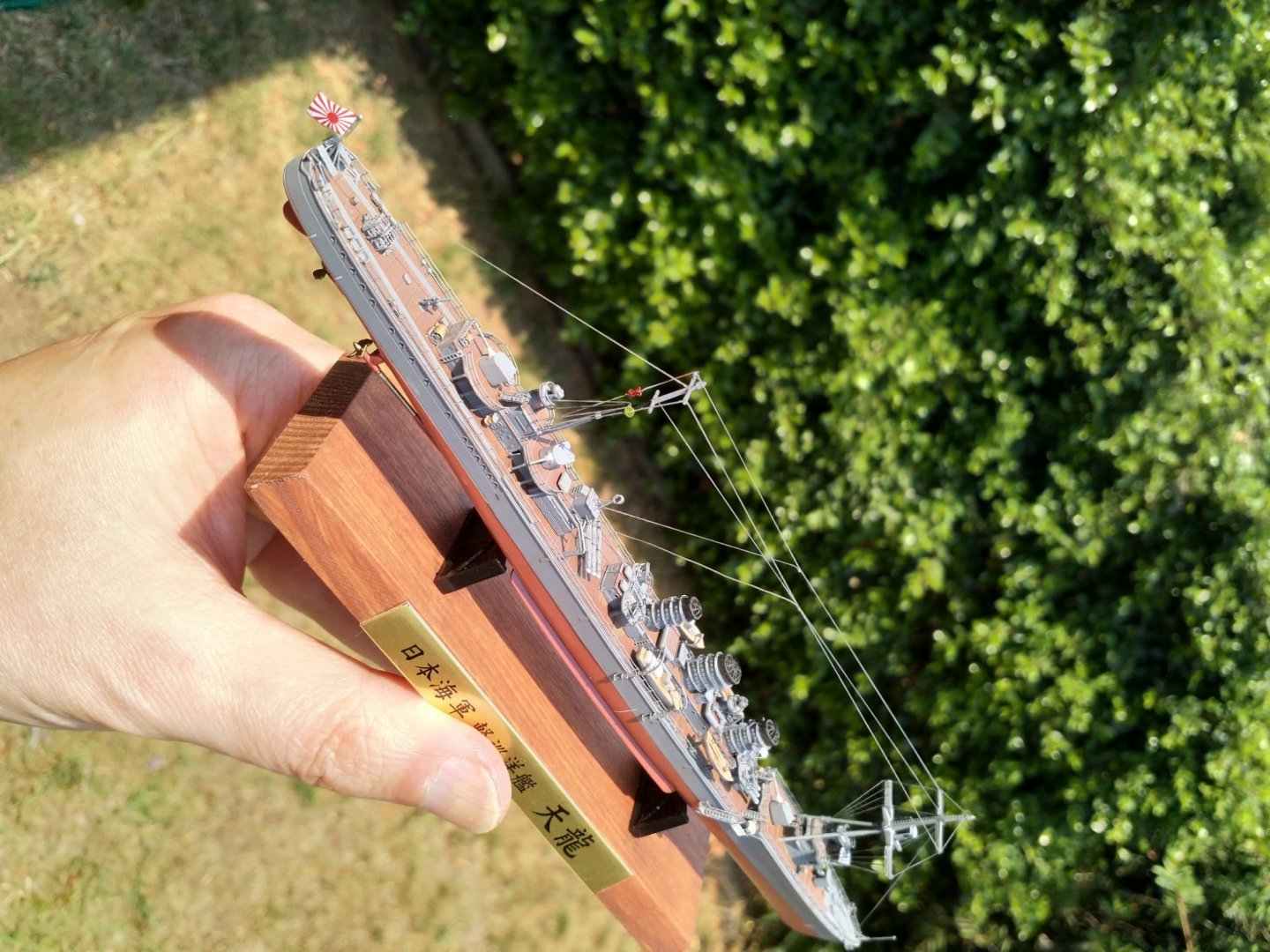
Soleil Royal by EricWiberg - Heller - 1/100 - started 45 years ago
in - Kit build logs for subjects built from 1501 - 1750
Posted
Hi Dan,
Yes your observation is correct, Vasa's guns are not 90 degrees to the centreline, they are pointing in a fan pattern, roughly 90 degrees to the hull side.
As this was before the days of line battle.
Great looking Soleil Royal.
Cheers!
Peter